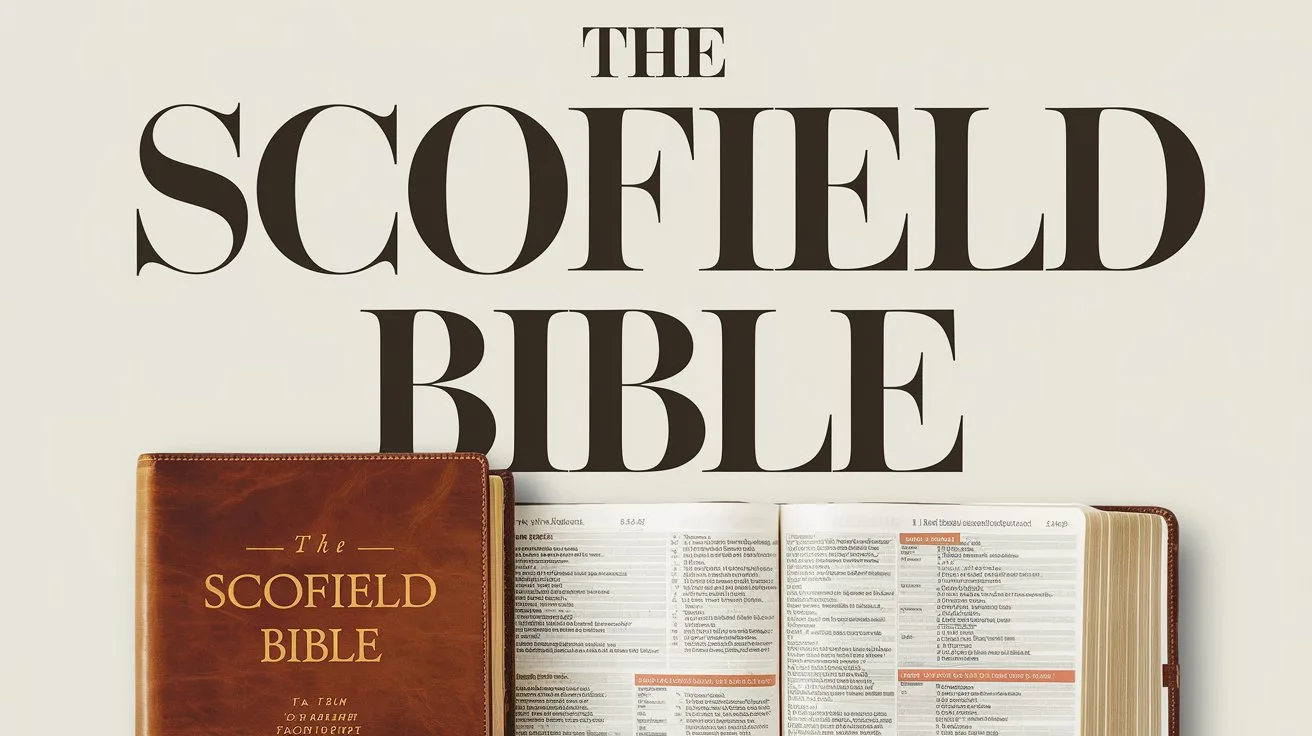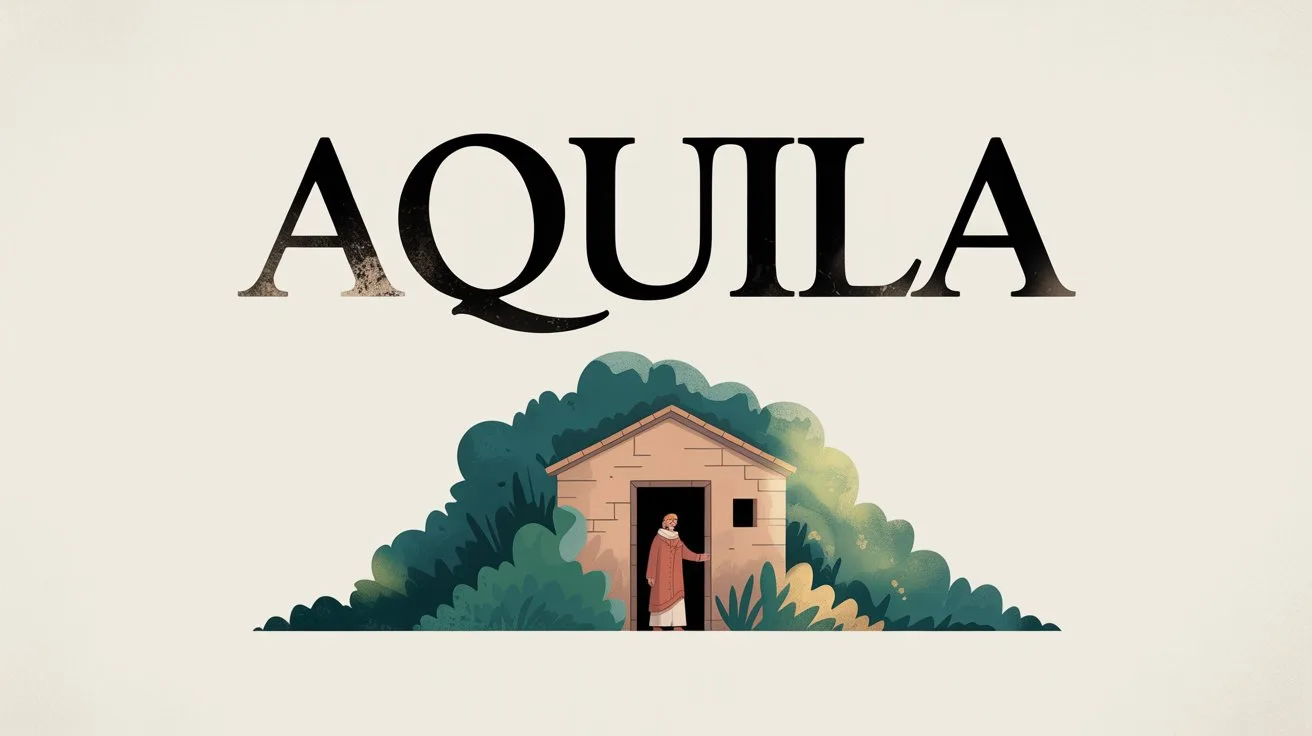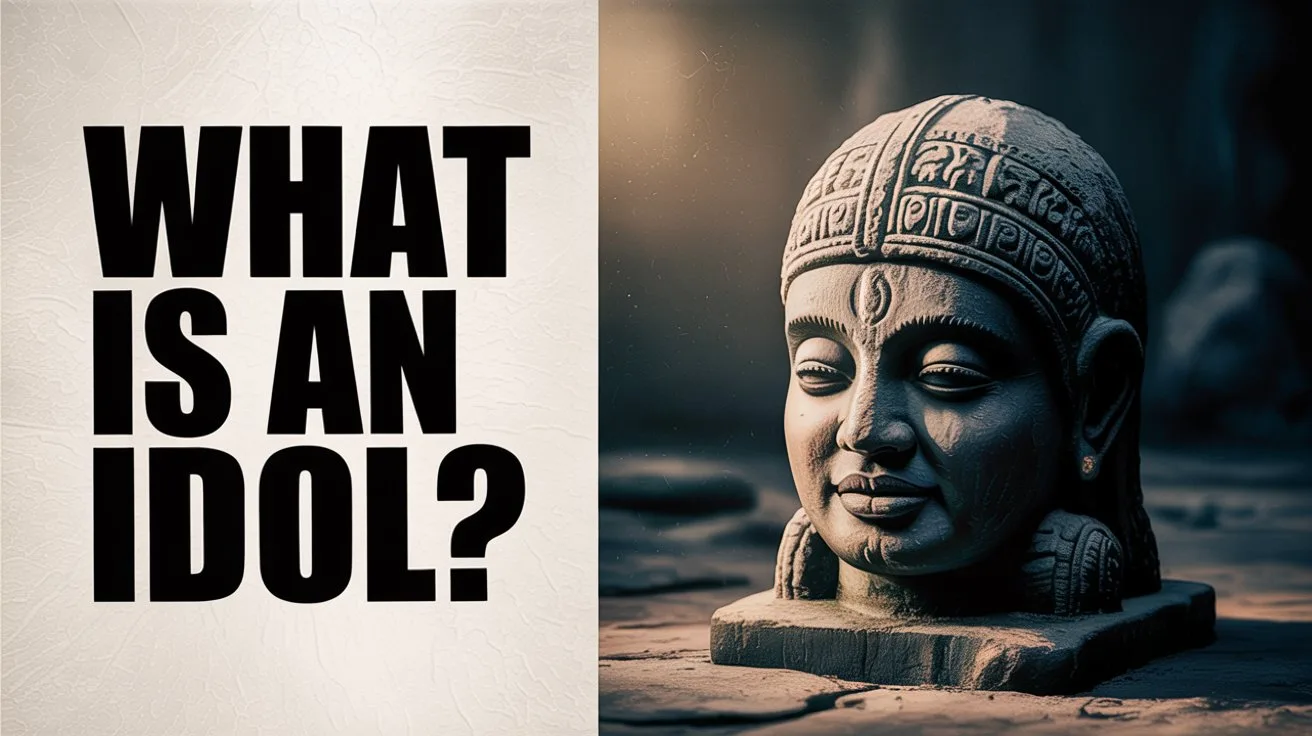The bronze altar, also called the altar of burnt offering, was a key feature of the Tabernacle and later the Temple. It is first described in Exodus 27:1–8 and was constructed under the leadership of Moses as commanded by God.
The altar was made of acacia wood overlaid with bronze and measured five cubits long, five cubits wide, and three cubits high (about 7.5 feet square and 4.5 feet tall). It had horns on each of its four corners, which were also covered in bronze. It was equipped with rings and poles so it could be carried by the priests (Exodus 27:2–7). This altar was located in the courtyard of the Tabernacle, positioned just inside the entrance, making it the first piece of sacred furniture the worshiper encountered.
Its primary purpose was for the offering of animal sacrifices, particularly burnt offerings, sin offerings, and peace offerings (Leviticus 1–7). The fire on the altar was to be kept burning continually (Leviticus 6:12–13). Blood from sacrifices was often applied to the altar’s horns, symbolizing atonement and sanctification.
The bronze altar represented substitutionary atonement—the innocent animal died in place of the guilty person, pointing forward to the ultimate sacrifice of Jesus Christ. It also symbolized the seriousness of sin and the need for cleansing before one could approach the presence of God, which was represented in the Holy Place and Most Holy Place.
In the New Testament, the altar finds its fulfillment in Christ, who was offered once for all as a perfect sacrifice for sin (Hebrews 10:10–14). The cross becomes the true altar where the Lamb of God bore the sins of the world.
The bronze altar teaches that access to God must begin with a sacrifice, and that forgiveness requires the shedding of blood, ultimately fulfilled in Jesus.







